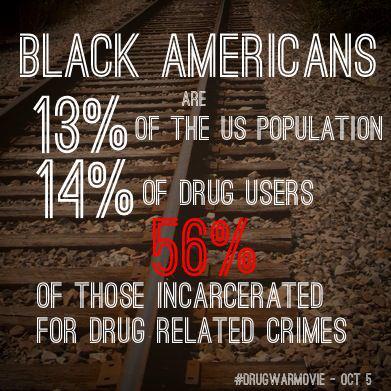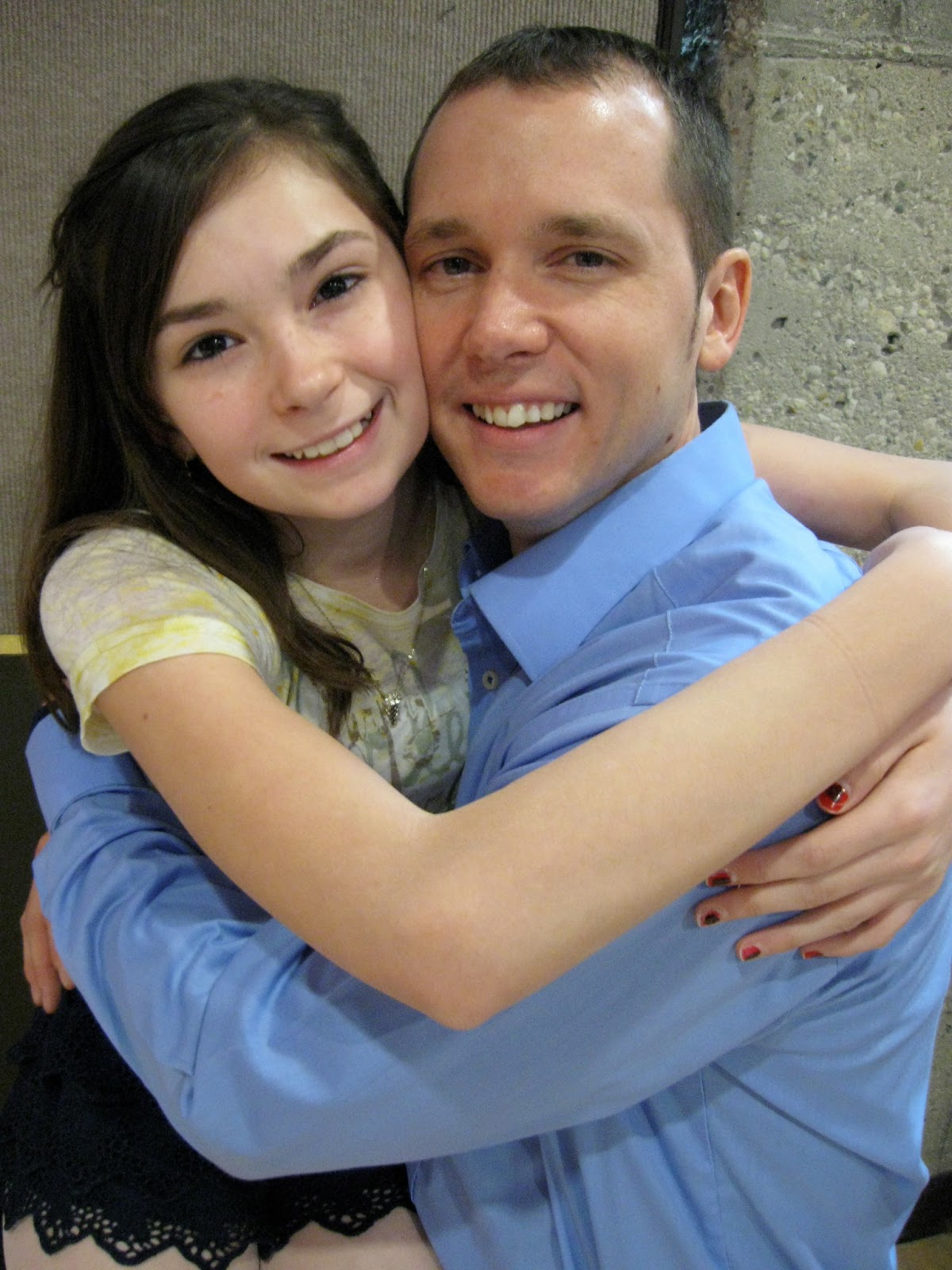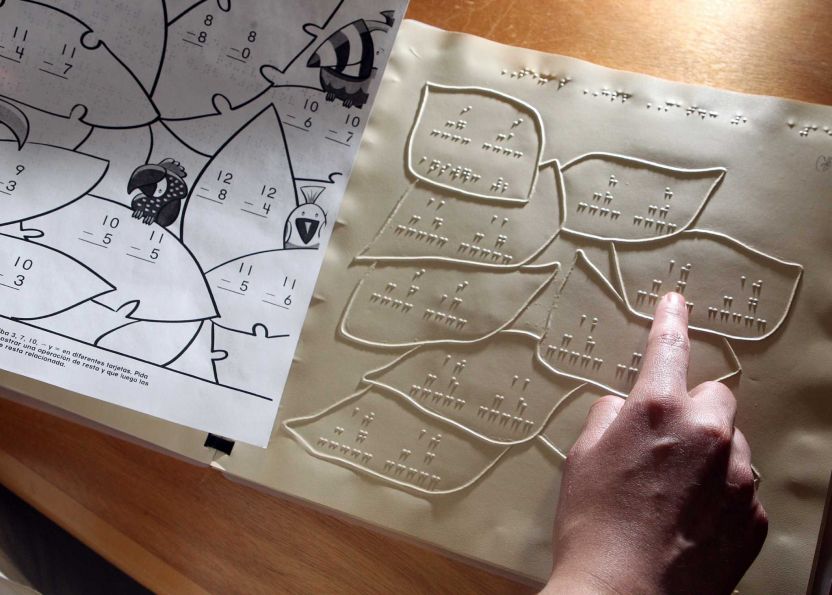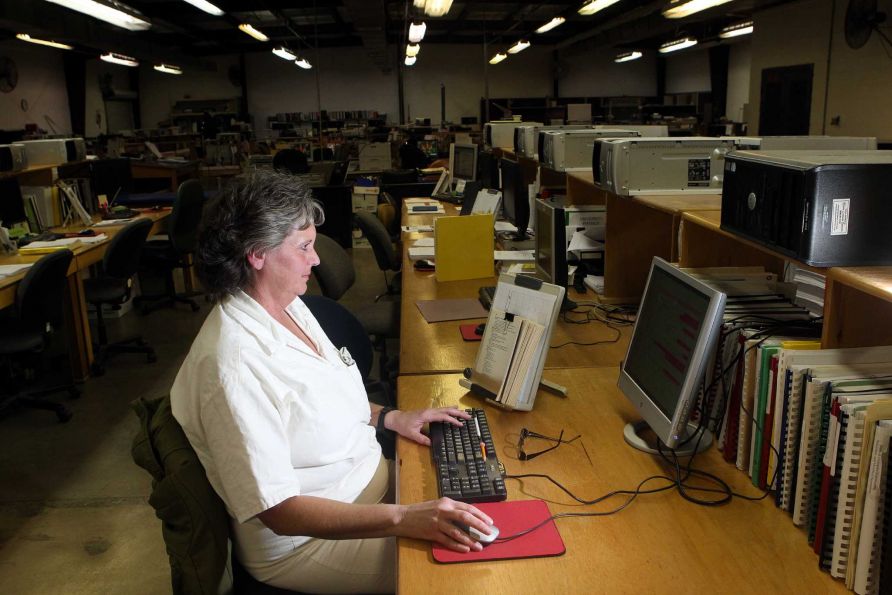If you paid attention to the Boston Globe‘s recent report of our real life version of the hit HBO show, The Wire, you’d think drugs and gangs were some kind of implicit connection. You’d think the problem begins and ends with low level drug dealers who get into the flashy life style. That’s why I was so enlightened when I watched Eugene Jablecki’s powerful documentary The House I Live In which reveals the truth about the Drug War, its historical roots and how it plays out in the present.
First and foremost, the film puts a human face on the brutality of drug laws as they currently stand in the U. S. It emphasizes what


Michelle Alexander (The New Jim Crow: Mass Incarceration in the Age of Colorblindness), David Simon (The Wire), and others write and speak about when they discuss drug policy in the U.S. From the film’s website which points out “a vast machine that feeds largely on America’s poor, and especially on minority communities. Beyond simple misguided policy, The House I Live In examines how political and economic corruption have fueled the war for forty years, despite persistent evidence of its moral, economic, and practical failures.”
Organizations like Families Against Mandatory Minimum have been working for years to end policies that the film highlights. When poverty leads to no jobs and people of color try to survive by selling drugs, where do we start to make change? Many politicians never get past the tip of this iceberg because the depth of the problem is not acknowledged. The film explores how these realities sell votes in this country where “tough on crime” is a mantra chanted by the Democrats as well as the Republicans. It is a film that lawmakers need to see so they stop mandatory minimum sentences for drug crimes.
The film also shows something that opened my eyes: overdoing drugs such as cocaine and even heroin was once considered a public health problem rather than a need for criminal prosecution.
On a personal note, Eugene Jarecki, the filmmaker and producer– supported in his producing efforts by such powerhouses as Danny Glover, John Legend and Brad Pitt –frames the film with a black housekeeper who worked for his family, Nanny Jeter. The difference between his upbringing and survival chances and her son’s are heartbreaking. For those of us who know what it is to come from privilege, the difference in these chances in life only emphasize more clearly the devastation of Drug War policies. Nanny was offered double her salary to follow Jarecki’s family from Connecticut to New York. Desperate for money, she did, and her son paid the price. But it was our society that created much of the poverty and drug traps her son stepped into.
At a recent showing at Shiloh Church in Washington D.C., a panel speaker said after the film that Rosa Parks was the icon of the Civil Rights movement and Nanny Jeter, the icon of the Drug War. U.S. Congresswoman Maxine Waters said the film showing was the most important event happening last weekend in Washington D.C. besides the inauguration of President Obama This discussion is still available here.
The film can be screened at home streaming from your computer or you can catch a showing in a city near you. Either way, options are shown at the film’s website. It’s probably one of the most important documentary experiences I’ve had. Watch it.





